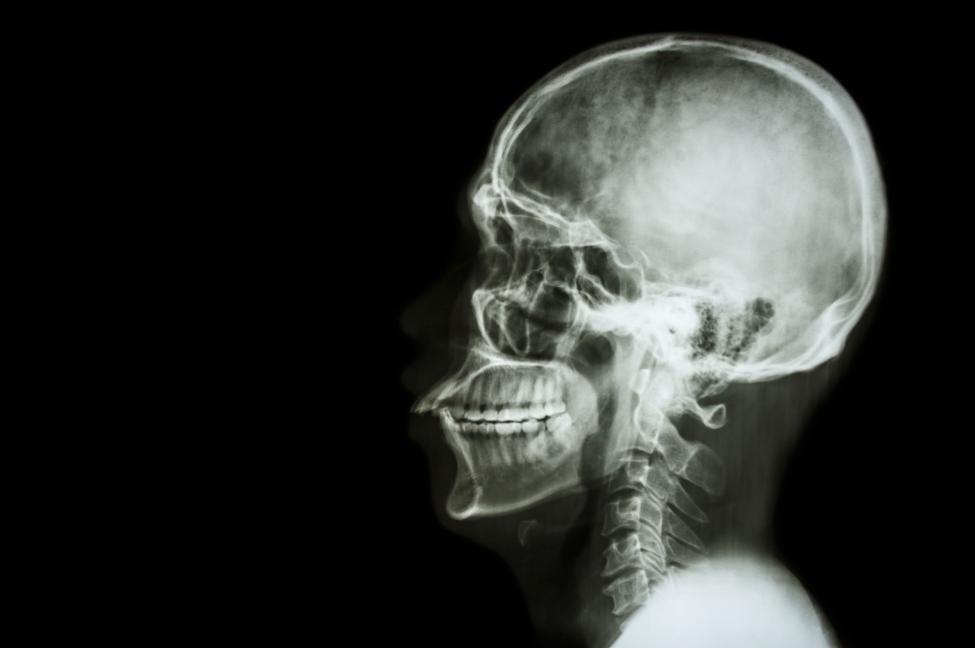Finding a new substance capable of skull regeneration
An international team of researchers successfully repaired a rat hole in the mouse with a new material they had just made .
Researchers from Northwestern University have announced that they have created a new protein material capable of restoring defects on the skull of the mouse.
Previously, for the treatment of brain and skull injuries, the current medical bone defect often involves methods of bone grafting from the bones and marrow of other parts of the body. This will cause pain for the patient even after recovering, with the skull or facial bones, the transplant problem is extremely difficult.

Being aware of this, Northwestern University researchers have created a new protein material that is able to reproduce, repair broken, bone defects on the rat's skull, leaving absolutely no scars and very heal.
' It is an extremely interesting study ' - Guillermo Ameer, Biomedical Engineering Professor at McCormick Northwest School of Engineering and a professor of surgery at the Feinberg School of Medicine, said in a press release.
' This project is a collaborative effort between the research team and our Medical Regeneration Engineering Laboratory to provide biological materials for them to do research '.
The team created a new protein-based material called BMP9 and used PPCN-g hydrogen , along with citric acid to form an elastic gel like a scaffold to support the material in place. cracking the mouse's skull to limit the effects that the hole created with the inner brain region act as a pedestal for the BMP9 material to work.
BMP9 materials can promote bone cell growth faster and help the vascular process in the affected area safely and quickly and effectively.
' When applying this method, BMP9 protein material will promote more regenerative bone according to the planned elastic gel scaffold in the gap. This will help the bone to reproduce properly in size, position and more effective. During bone regeneration, repair, the BMP9 material as well as the elastic gel scaffold will be fixed until the bone is activated normally . "
This new technique is only applicable to rat skulls but opens up a new era of bone regeneration faster, safer, leaving no scars on the human body in the future.
This research has just been published in PLoS One.
You should read it
- Ancient human skulls are the world's oldest tsunami victims found
- Famous places in Vietnam appear in the movie 'Kong: Skull Island'.
- Transplanting a mini-human brain into mice causes concern about smart new hybrids and increasingly more human-like
- Download film wallpaper Kong: Skull Island - Skull Island for Sony XPERIA phones
- This is what happens to the brain when you are hit on the head
- Discover the 'unbeatable' 2D material: Light as plastic and stiffer than steel
 Consume a small amount of walnuts, chestnuts and nuts every day to reduce obesity and cancer risk
Consume a small amount of walnuts, chestnuts and nuts every day to reduce obesity and cancer risk Shivered to discover that the metal-organic compound kills cancer cells from within
Shivered to discover that the metal-organic compound kills cancer cells from within New research: People working in prisons have a risk of developing lung cancer
New research: People working in prisons have a risk of developing lung cancer Medical discovery: Head injuries can alter genes in the brain
Medical discovery: Head injuries can alter genes in the brain Science has identified the target protein for autism treatment
Science has identified the target protein for autism treatment Researchers have figured out how breast cancer spreads to the brain
Researchers have figured out how breast cancer spreads to the brain